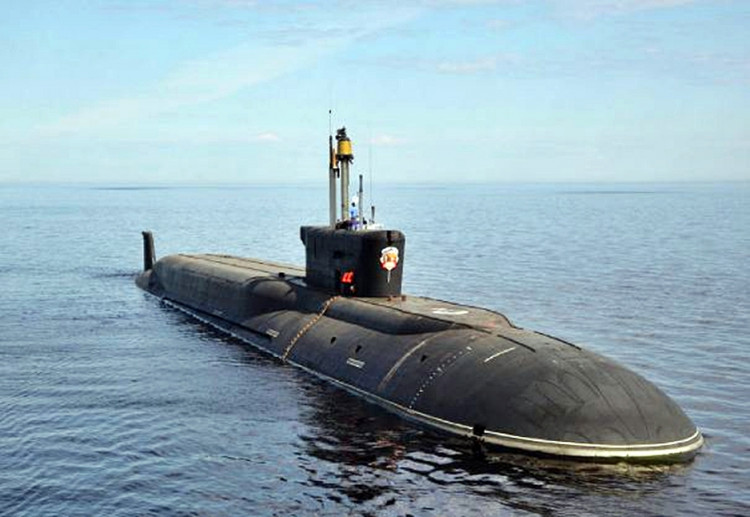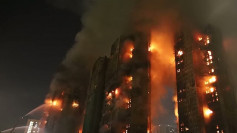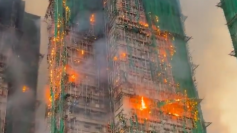The Russian Navy expects to commission the first of its troubled Borei II or Project 955A nuclear-powered ballistic missile submarines in 2020 and arm it with an equally problematic ballistic missile.
The Knyaz Vladimir (K-549) will be the fourth of eight Borei-class boats, which the navy classifies as "underwater cruisers." Its commissioning is two years behind schedule.
It is the first submarine of the improved Borei-A Project, otherwise known as Project 955A. The sub will join the Pacific Fleet based at Vladivostok in Asia.
The previous three boats belong to the older Project 955 and are all in service with the navy. They are the Yuriy Dolgorukiy (K-535); Aleksandr Nevskiy (K-550) and Vladimir Monomakh (K-551). The latter two boats operate with the Pacific Fleet.
The fact it took four years since the Vladimir Monomakh was commissioned for the Knyaz Vladimir to attain the same status confirms the immense problems -- mostly a severe shortage of money -- besetting Project 955A. This funding shortfall has forced the navy to reduce to 8 from 10 the planned number of Boreis to be built.
Dmitry Gorenburg, a senior research scientist specializing in Russian military affairs at the Center for Naval Analyses, confirms Russia won't be building the ninth and tenth Project 955A boats.
"There are contracts out for five boats," said Gorenburg. "There was the talk of two more being built in the 2020s, but recently the head of naval procurement said that won't be happening."
Project 955 and 955A submarines are being armed with up to 16 "Bulava" RSM-56 (NATO reporting name "Mace") submarine-launched ballistic missiles (SLBMs) -- the most expensive weapons system in Russian history -- and one plagued by a high test failure rate.
This disaster-plagued SLBM was deployed in 2013 on the Borei class 955 submarines. Prior to its deployment aboard Yuriy Dolgorukiy, nine of the 27 test launches of the missile were failures, an unacceptably massive failure rate of 24 percent.
A spectacular fiasco occurred on Sept. 28, 2016, when one of two Bulavas launched from the Yuriy Dolgorukiy self-destructed after the first stage burnout. The target of both Bulavas was the Kura firing range on the Kamchatka Peninsula in Russia's the Far East.
Western military sources believe the failed missile was slightly damaged on launch, making its failure a certainty. The Bulavas failures were mostly due to inferior workmanship and the use of substandard materials.
Until 2009, there were 6 failures in 13 Bulava flight tests and one failure during a ground test. Most of these failures were due to substandard components.
Despite this high fail-rate, the jinxed Bulava was officially approved for service in December 2011 and was commissioned aboard the Yuri Dolgorukiy in January 2013. The missile continued to fail in the summer of 2013 and again in 2015.






